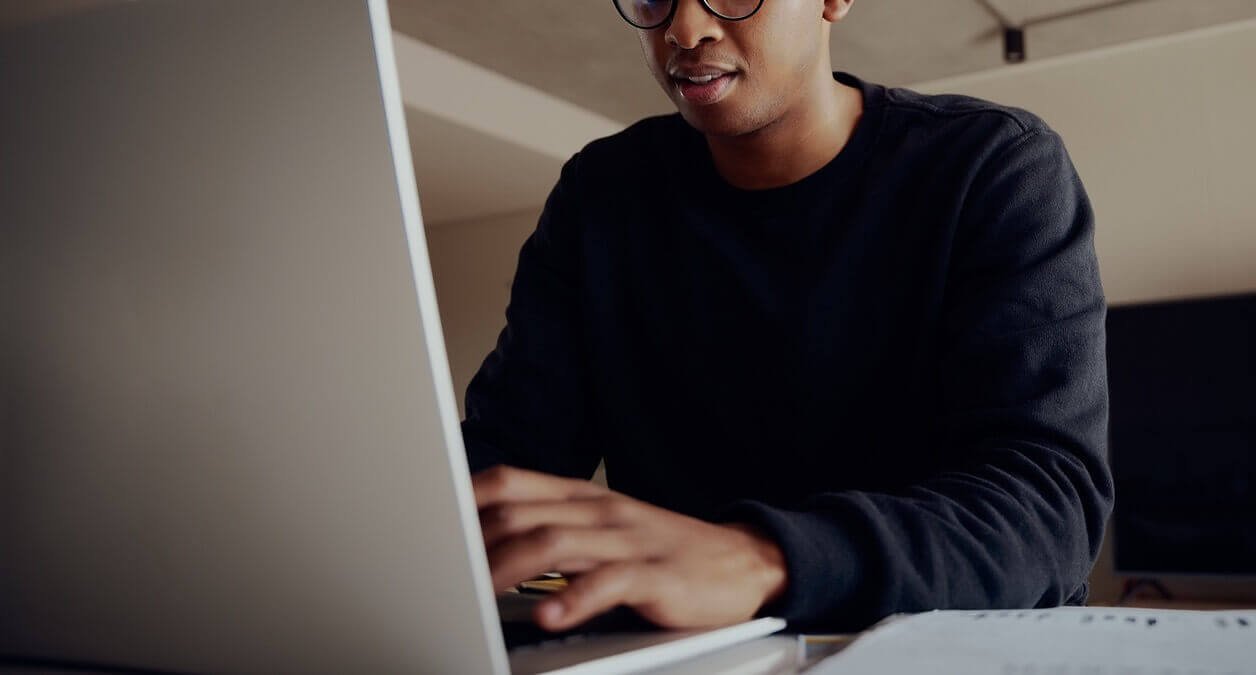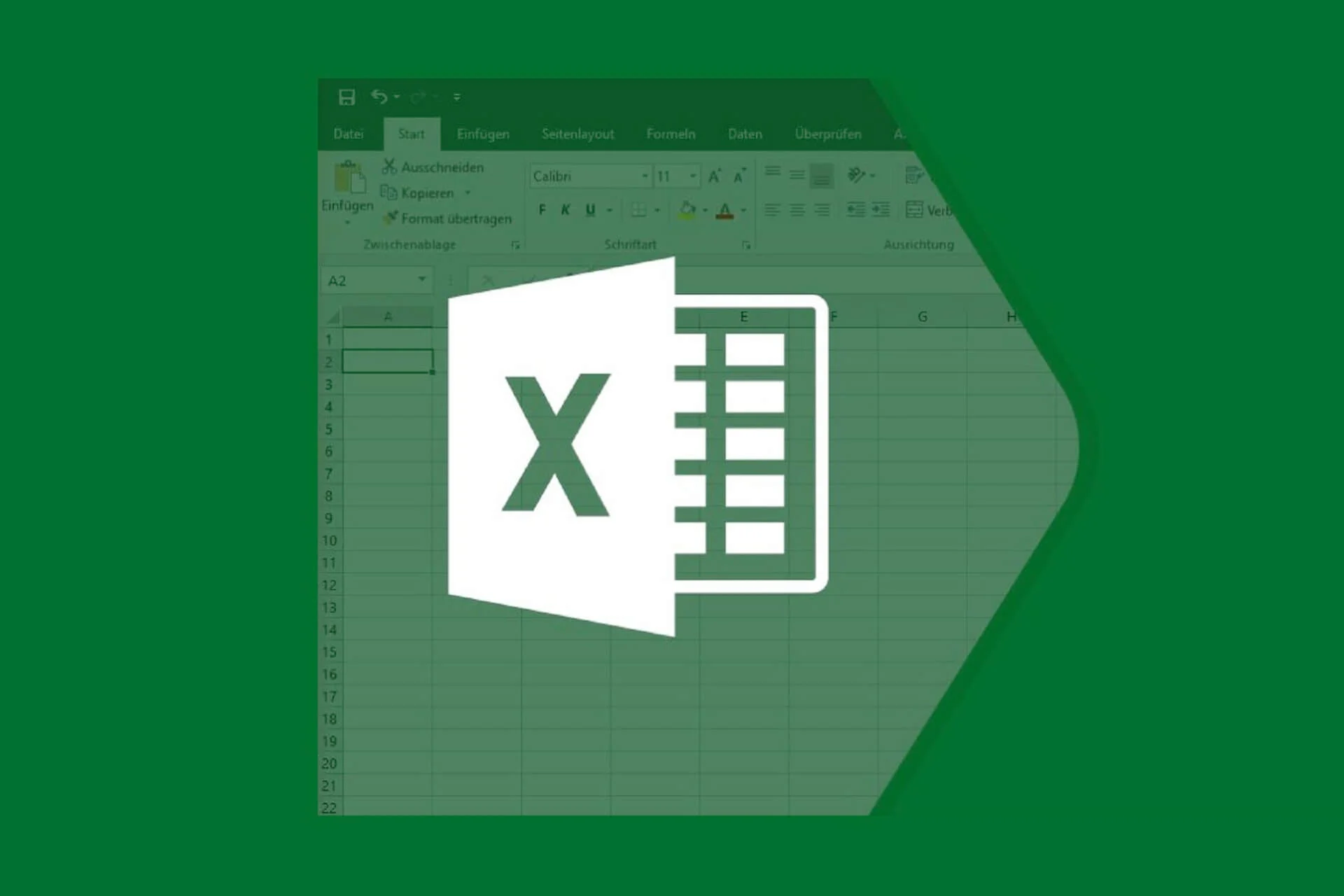Online counseling has become an increasingly popular option for teens seeking mental health support. With the rise of digital communication,…
Read More

Online counseling has become an increasingly popular option for teens seeking mental health support. With the rise of digital communication,…
Read More
In the unique universe of music creation, PlayboiCarti’s unmistakable sound has motivated many hopeful makers to reproduce his notable beats.…
Read More
Using expired domains can have a massive impact on your website’s SEO. An expired domain crawler can help you find…
Read More
Securing your company is essential in a business environment. Using the best background check site is an excellent way to…
Read More
Managing data effectively is very vital in the hectic corporate environment of today. In this field, Wallo has been a…
Read More
In the domain of individual injury regulation, where exploring the intricacies of the general set of laws can frequently feel…
Read More